We are excited to announce our $2M seed round led by Joa Capital.
Read Now
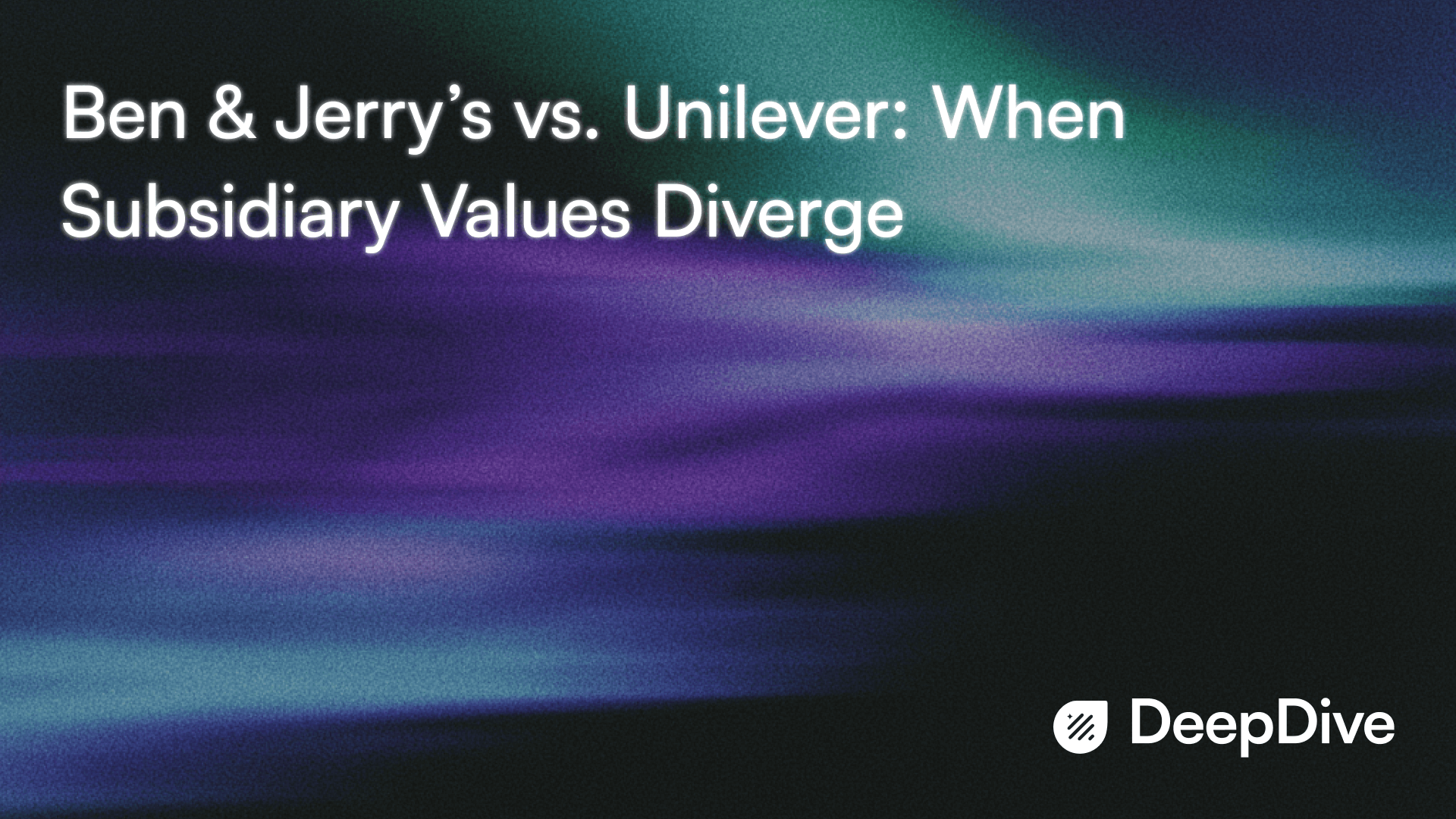
October 18, 2025
Syed Mohammad Sharfuzzaman Nayeem
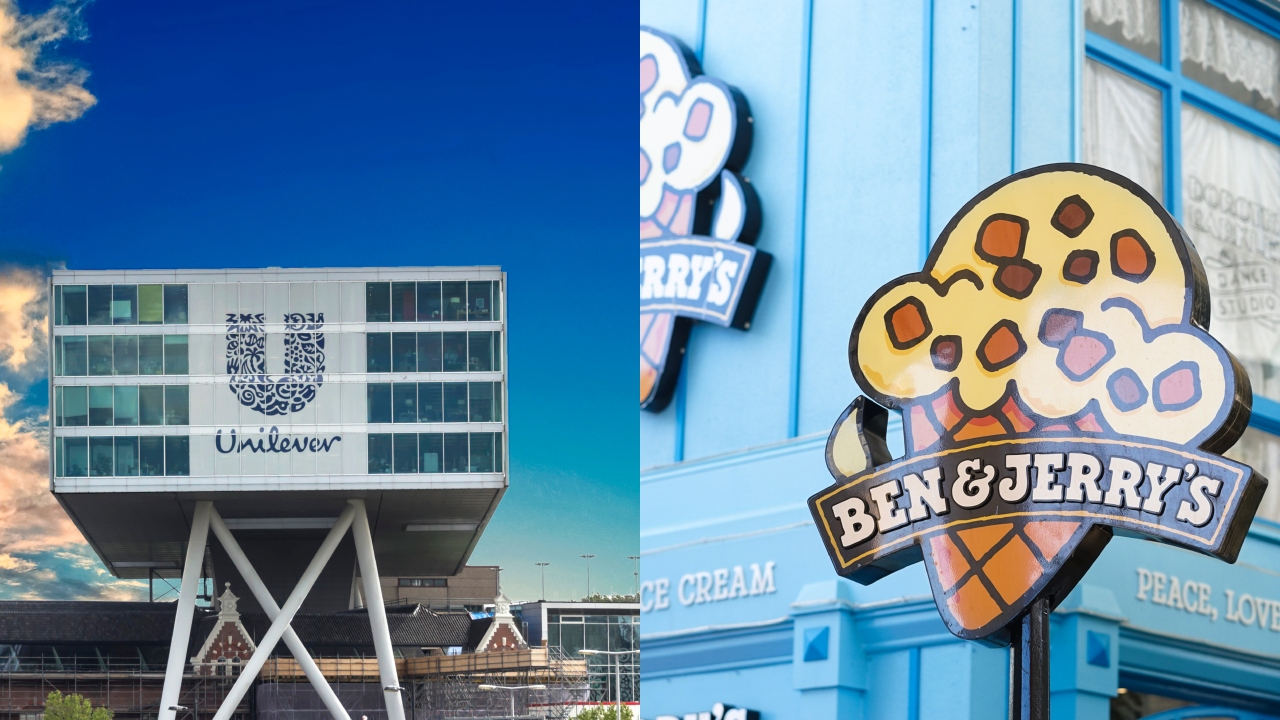
In March 2025, Ben & Jerry’s, the Vermont-based ice cream company known for bold flavors and even bolder social stances, filed a lawsuit against its parent company Unilever. The reason behind the dispute was the firing of its CEO, allegedly for supporting progressive causes.
The roots of the conflict dates back to 2021, when B&J announced that it will stop selling its products in Israeli-occupied Palestinian territories. The statement made headlines and was consistent with its decades-long commitment to social justice. However, as admirable the stance was, it quickly sparked backlash.
Unilever, facing global scrutiny, has since claimed that Ben & Jerry’s social mission shifted from progressive values to one-sided, highly controversial, polarizing topics.
By 2025, the fallout had become costly as Unilever admitted that B&J’s decision continues to have financial consequences to this day, citing placement on anti-boycott lists in more than nine U.S. states and the loss of “hundreds of millions of dollars” from divested state pension funds.
Unilever’s political headache had quickly become a business liability.
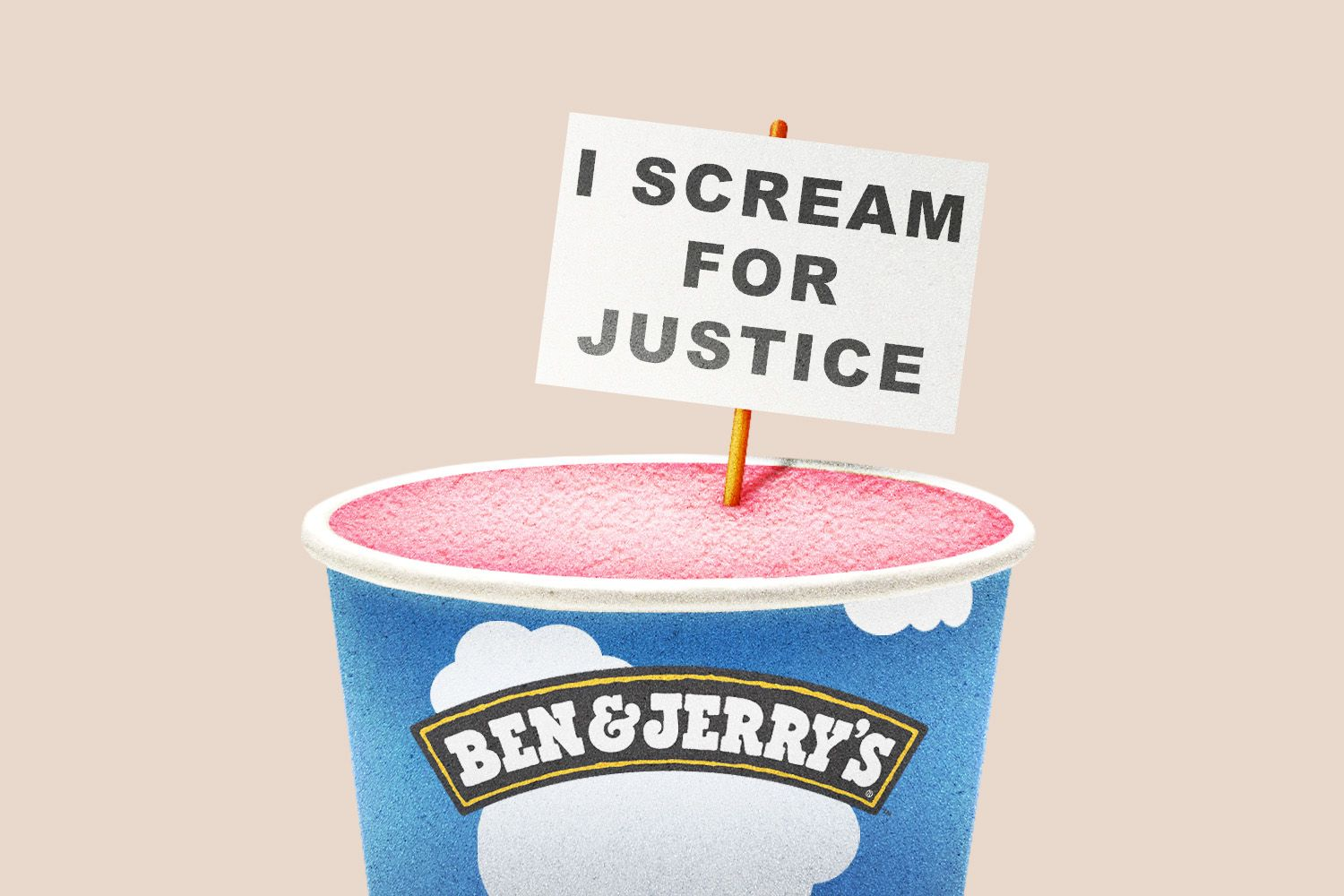
B&J’s activism is not something optional. It’s embedded in its DNA. Since its foundation in 1978, the company has built a reputation for taking strong stances on climate change, racial justice, LGBTQ+ rights, and global conflicts.
Customers expect the company to take sides and not be apolitical or neutral.
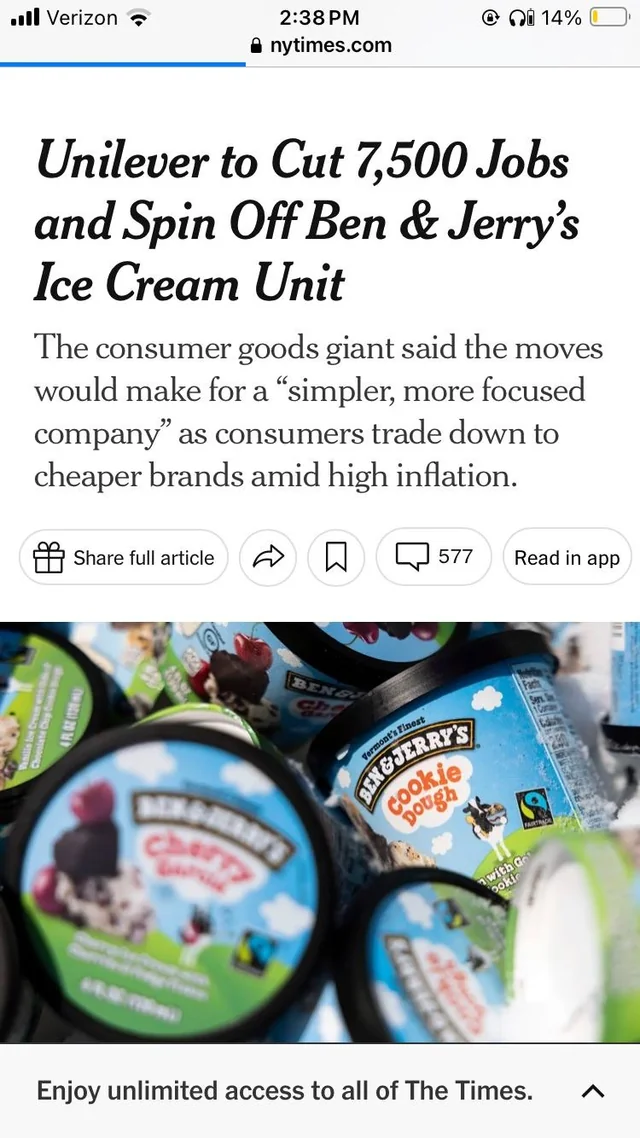
However, Unilever’s calculation looks different. As a global conglomerate managing dozens of household-name brands like, Dove, Hellmann’s, Vaseline, Magnum, the priority is stability and shareholder value. Unlike Ben & Jerry’s, Unilever cannot afford to alienate entire governments or lose multimillion-dollar contracts.
What’s the result? The very thing that makes Ben & Jerry’s a beloved and respected brand by its audience, exposes Unilever to regulatory, financial, and reputational risk.
Hence, B&J became an example for what happens when brand activism inside a subsidiary clashes with the broader corporate strategy of its parent.

It’s tempting to think of corporate activism as PR wins or moral gestures. But Ben & Jerry’s shows that the costs can be tangible -
The ripple went upward this time impacting corporate strategies because of a subsidiaries’ decision.
Ben & Jerry’s isn’t the only example of corporate activism clashing with business pragmatism.
In all three cases, the corporate structure and ownership model determined how far the brand could push activism. Nike had market alignment, Patagonia had independence, and Disney had political exposure. Ben & Jerry’s, by contrast, sits inside a publicly traded conglomerate, a structure ill-suited to uncompromising activism.
One of the core questions raised by this case is governance, “How much autonomy should a subsidiary have when its values diverge from its parent company?”
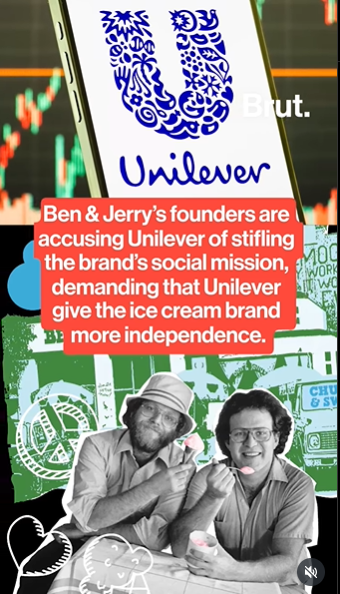
When Unilever acquired Ben & Jerry’s in 2000, it promised to honor the brand’s independent board overseeing social mission. For years, that arrangement worked. But the Israeli-Palestinian conflict proved too high-stakes, dragging Unilever into international controversy it never signed up for.
At some point, the autonomy deal became untenable. For Unilever, shareholder duty outweighed subsidiary independence. For Ben & Jerry’s, compromising activism risked alienating its loyal base.
This case offers several lessons for both corporations and consumers -
You have to stop relying on traditional social listening and start investing in AI-powered tools that can identify the actual sentiment behind the fuss.
Ben & Jerry’s activism is being lauded, but what sentiment did it create for Unilever? Could they have issued better statements to handle the situation?
Brand activism is a powerful but double-edged sword. For subsidiaries, activism can deepen customer loyalty and reinforce brand authenticity. For parent companies, it can create systemic risks that ripple far beyond one product line.
To deal with these risks for the parent companies, you need powerful social listening tools at your disposal. Just making slogans or holding press conferences wouldn’t be enough.
Stay tuned for more marketing case studies!
Discover How Audience Intelligence can help your brand grow